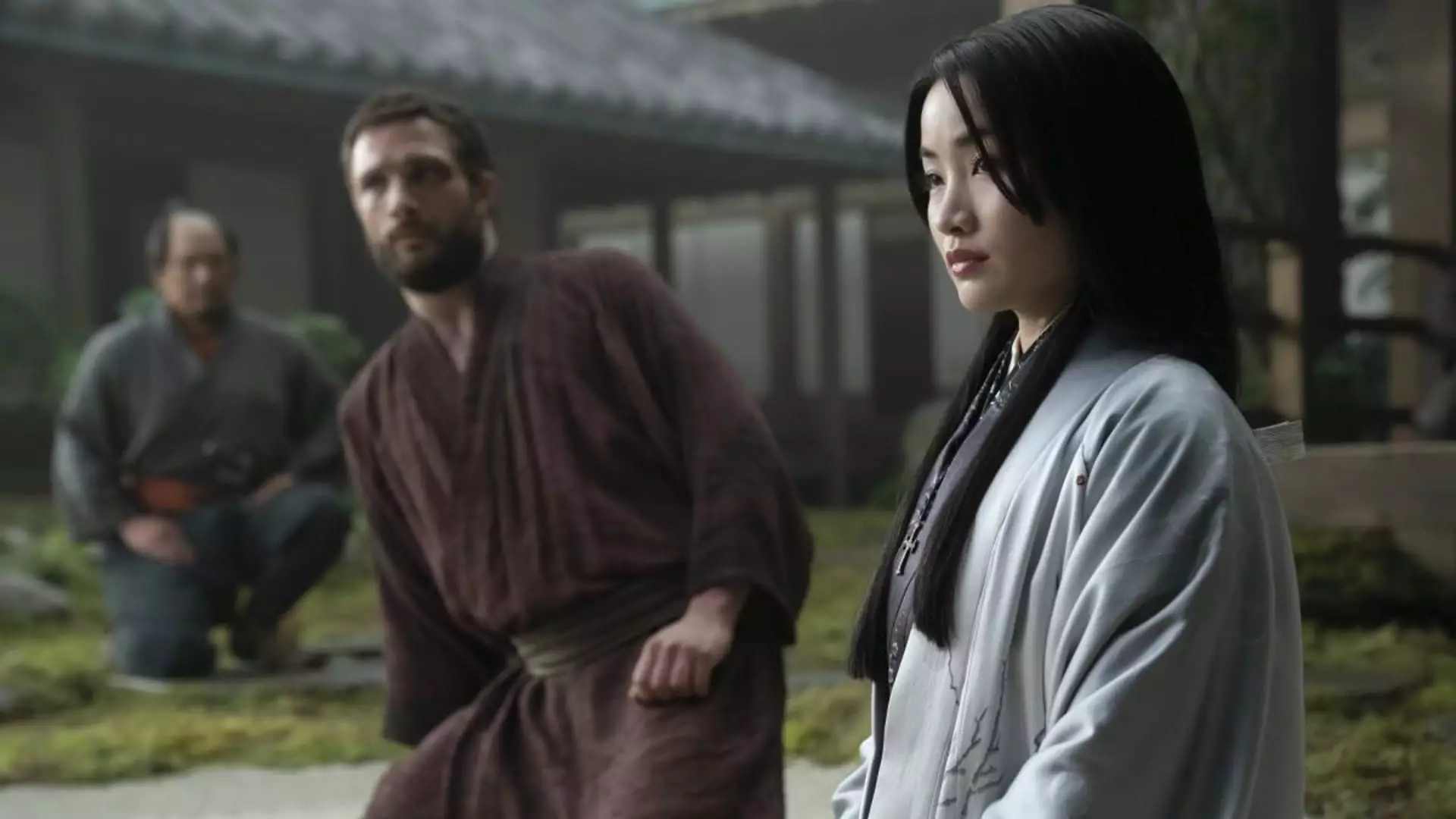The business of traditional television networks is increasingly becoming a labyrinth of challenges, particularly for media giants like Disney. As industry dynamics shift rapidly, it poses intricate dilemmas regarding the future of legacy operations. Recent statements from Disney executives underscore that a dismantling of their TV networks may not only be premature but also fraught with complications that might outweigh any potential benefits.
The Current State of Traditional TV Networks
Disney’s recent financial disclosures paint a stark picture for its traditional TV networks. During a recent earnings call, the company reported a 6% decrease in revenue, totaling $2.46 billion, accompanied by a staggering 38% dip in profits within the division. This decline is symptomatic of broader trends in the media industry where traditional pay TV is rapidly losing its audience. Analysts estimate that the industry lost approximately 4 million pay TV subscribers in just the first half of the year alone, signifying substantial shifts in viewer behavior and preferences.
In stark contrast to the company’s prior openness about the potential sale of its TV assets, Disney’s CFO, Hugh Johnston, has adopted a more cautious stance. He articulated the operational complexities involved in separating the company’s TV networks, emphasizing that “the cost is probably more than the benefit.” This admission reflects a growing recognition among executives that the traditional TV business, while declining, still plays an integral role in a multi-faceted media landscape.
The conversations around the separation of cable network businesses are not isolated to Disney. In late October, executives at Comcast hinted at similarly exploring a split from their cable networks. However, details surrounding this potential separation remain vague, indicating the early stages of such deliberations. The industry is grasping with the dual nature of cash generation from the cable news bundle juxtaposed with its rapid subscription loss—a precarious balance that complicates decision-making for executives across the board.
Additionally, Fox Corp. CEO Lachlan Murdoch weighed in on this trend, stating that separating their operational units would be a daunting task, both financially and strategically. His insights resonate with those of his counterparts at Warner Bros. Discovery, where CEO David Zaslav noted the importance of the bundled cable offering as an essential vehicle for storytelling and revenue generation. This sentiment mirrors the intricate web of interdependencies that define not just Disney’s model, but that of the entire industry, grappling with the realities of a shifting consumer landscape.
Disney, under Bob Iger’s leadership, has undergone substantial restructuring in response to market pressures and internal challenges, including activist investors pressing for shareholder value. Once open to the idea of divesting TV assets, Iger and Johnston have shifted gears to emphasize a holistic view of their media portfolio. Johnston mentioned that, after exhaustive analysis, the absence of a clear pathway to value creation from divesting networks led him to conclude that the company’s current approach is preferable.
This commitment to maintaining their traditional TV business is further supported by Iger’s assertions regarding content integration, highlighting the synergy between their linear TV offerings and the burgeoning streaming sector. He noted that Disney’s 2019 acquisition of Fox’s entertainment assets significantly enriched their content library, offering the necessary ammunition for the competitive streaming landscape. This strategic positioning seems to reflect a conscious acknowledgment that traditional TV remains an essential pillar within the broader media ecosystem.
Looking Ahead: Resilience or Decline?
As the media industry grapples with ongoing disruptions, the future of traditional TV networks will continue to linger in ambiguity. The interdependence between legacy television and digital platforms necessitates a comprehensive understanding of evolving consumer preferences. With major players like Disney opting to reaffirm their commitments to their television divisions, the question remains: can traditional networks adapt and evolve alongside streaming services, or are they destined for decline?
The performance of Disney’s traditional TV networks poses a pivotal case study in understanding the broader implications for legacy media in an increasingly digital world. Moving forward, companies must tread carefully, weighing immediate financial returns against the potential for long-term relevance in an environment that is constantly shifting underfoot. Thus, the road ahead will be a defining test of resilience amid a complex media landscape, where echoes of both uncertainty and opportunity reverberate for all stakeholders involved.

